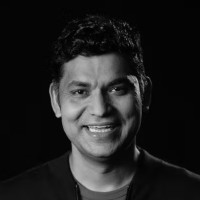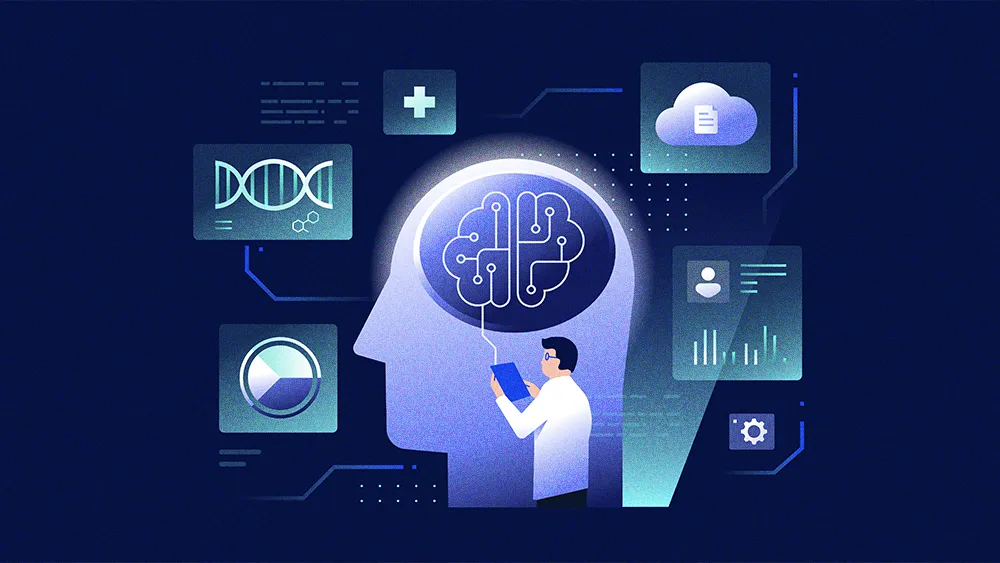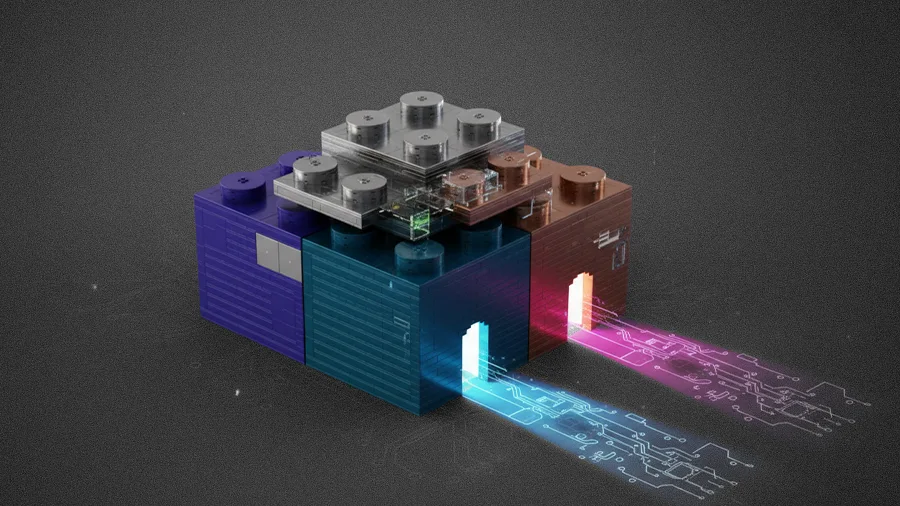AI’s greatest illusion isn’t its power. It’s the myth that using it is easy. As the curtain falls on shiny demos, businesses are waking up to a messier truth: transforming AI's potential into palpable results takes grit, not glamour. It’s not magic—it's methodical, often messy, experimentation.
Amit Prakash, Co-Founder and CTO of ThoughtSpot—an ex-Google Tech Lead and a Founding Engineer at Microsoft Bing—says the real breakthroughs aren’t born from glossy showcases, but from rolling up sleeves.
Hustle, not hype: "Many have dipped their toes into AI only to find it’s not as effective as advertised," says Prakash. "But real progress happens on those edges—when you figure out what’s not working and iterate until you make it work." That trench-level view—believing that breakthroughs come from the grit of iteration and confronting limitations, not off-the-shelf perfection—defines how Prakash builds and applies AI.
Explore vs. exploit: "The best things happen when you have the right balance of explore and exploit," says Prakash, advocating for a fundamental mindset shift to equip teams for these on-the-fringe learnings. "You first go and explore a bunch of options, then exploit the ones that look the most promising." For Prakash, the biggest shift is treating experimentation as the default. "Things are changing rapidly, and newer and better things keep happening," he says. "Everybody needs to be a little bit more in the exploration mindset."
With rapid iteration comes a premium on speed. "Since things are changing so rapidly, the best signal of how good somebody’s going to be is the speed at which they’re moving," Prakash says. That same urgency shapes how he builds teams. "You can't have folks who are just there to coast," he says. "You need people who take that initiative." He looks for doers—people comfortable with experimentation and risk. "You need someone who knows how to take the right-size risks, learn from them, and iteratively improve," he explains. "That’s what I look for when I recruit."
While speed and risk are essential, they must be anchored by structure. "Exploration needs a scientific mindset," says Prakash. "Set clear exit and success criteria before you start, or you risk getting stuck." With the right guardrails, experimentation becomes a reliable engine for insight.
Be reasonable: AI’s value shows up fast in marketing, where teams face intense pressure to prove ROI. "First, you can get hyper-personalized. Gone are the days of ten segments—you can now tailor everything to the individual," says Prakash. "Second, code generation is easier, so automation scales faster. And third, content—there’s just so much generative power now."
But the potential stretches far beyond those applications. While LLMs introduced in-context learning—a major leap over earlier models—the next step is reasoning. "Humans can generalize from a little data because we have reasoning," Prakash explains. "That’s now coming into the models."
Work, reworked: "There’s still a long way to go in terms of reasoning and the context I have in my head," says Prakash. "The intelligence I have and the intelligence AI will have will overlap, but there’ll be a lot of complementarity." In the future, he imagines a different rhythm to work entirely: "Maybe we work four hours a day, or two days a week. That would be wonderful."
Keeping pace with that future is no small feat. "Before 2022, maybe I spent two hours a week learning what’s new. Now it’s more like an hour a day—and even then, you’re behind," he says. LLMs have become his shortcut. "Earlier, reading a research paper took five hours," Prakash explains. "Now I just throw it into an LLM and get the high-level understanding in 15 minutes."









